Hydraulic Pressure Reducing Hydrant Valve
Hydrant Valve, Manually controlled hydrant valve, actuated by the pipeline pressure. When the activation valve is turned to the open position, it opens gradually to prevent a sudden pressure rise in the hose. It closes drip tight when the activation valve is turned back to the closed position, reducing the risk of water hammer damage.
FEATURES & BENEFITS
.png)
Effortless open/close actuation
Controlled response
Straightforward & reliable design
Easy installation & maintenance
Applicable for water, seawater & foam
HY Hydrant Valve
Manually controlled hydrant valve, actuated by the pipeline pressure. When the activation valve is turned to the open position, it opens gradually to prevent a sudden pressure rise in the hose. It closes drip tight when the activation valve is turned back to the closed position, reducing the risk of water hammer damage.
HYPR1 Hydraulic Pressure Reducing Hydrant Valve
Manually controlled, pressure reducing hydrant valve, actuated by the pipeline pressure. When the activation ball valve is turned to the open position, it opens gradually to prevent sudden pressure rise in the hose, up to a predetermined set point. It closes drip tight when the activation valve is turned back to the closed position, reducing the risk of water hammer damage
CERTIFICATION & COMPLIANCE
.png)
• ANSI FCI 70-2 Class VI seat leakage class
• Lloyd’s type approval
TYPICAL APPLICATIONS
Automatic or Manual Actuated Fire Suppression Systems
Petrochemical, Oil & Gas Installations
Power Generation, Transformer & Transmission Plants
Flammable Storage
Hangars
Onshore / Offshore
OPERATION
The basic control valve [1] used in this hydrant system is a direct-sealing elastomeric diaphragm, hydraulically operated control valve engineered specifically for fire protection systems.
In the standby position, the hydrant valve is held closed by the upstream water pressure, trapped in the valve’s control chamber.
Model HY: The water pressure enters the control chamber through a Y-type strainer [2], a check valve [3], a restrictor [4] and 3-way ball valve [5].
Model HYPR1: The water pressure enters the control chamber through an inline strainer [7], a priming line ball valve [8], check valve [3], a restrictor [4] and a pressure reducing pilot [9].
Under fire conditions, the hydrant valve is actuated manually by:
- Model HY – The 3-way ball valve is manually opened.
- Model HYPR1 – The pressure reducing pilot’s adjustment bolt is tightened using a wrench and set to the required downstream pressure.
When actuated the hydrant valve opens instantly. When model HYPR1 is actuated, the hydrant valve opens, regulating a steady preset downstream pressure regardless of upstream pressure or flow rate fluctuations
.png)
TYPICAL MATERIALS
.png)
(1) Petrochemical, Oil & Gas
(2) Refer to materials selection guidelines, Engineering Data - Materials: Ductile Iron A-536 65-45-12; Cast Steel A-216 WCB; Cast Steel A-352 LCB; Austenitic
Stainless Steel A-351/CF8M; Super Duplex 2507; Nickel-Aluminum-Bronze B-148 UNS C95800
Model 44 Shown Below
.png)

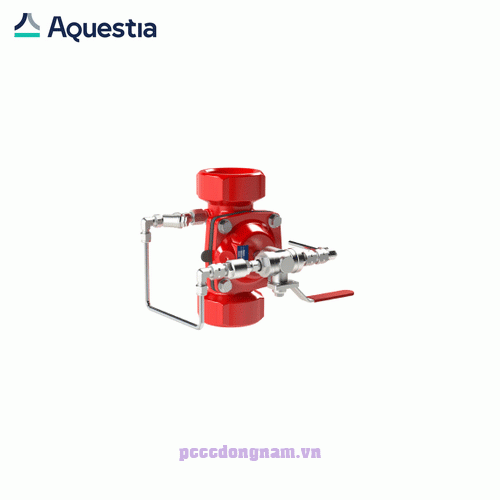
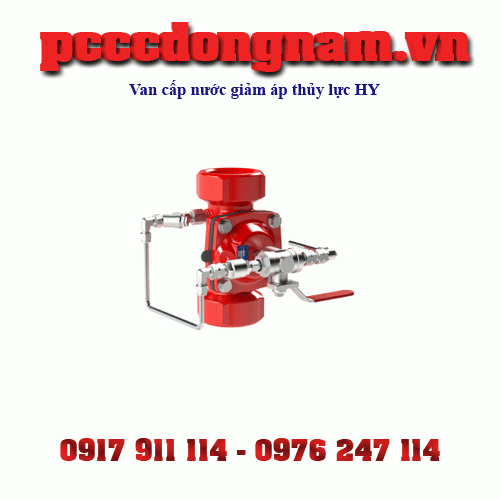


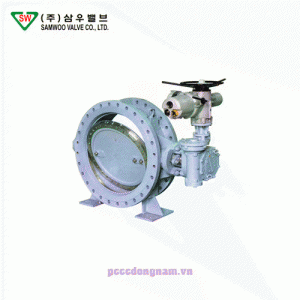
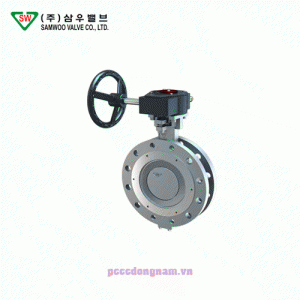
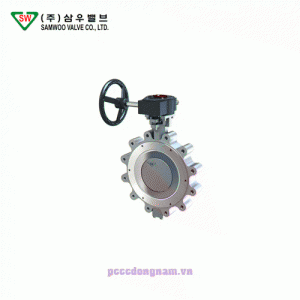
Have 0 comment, evaluate about Hydraulic Pressure Reducing Hydrant Valve
TVAdministratorsAdministrators